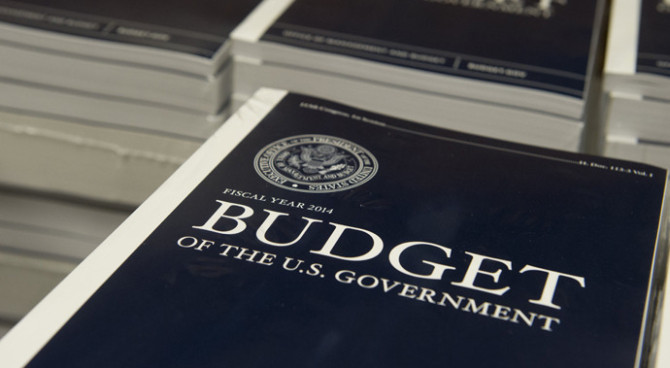Progressive economists said growth was gone for good. Then Trump changed policy.
Are low taxes key to a booming economy? Their success is harder than ever to deny after Friday’s report that the U.S. economy grew 4.1% in the second quarter, bringing the average quarterly growth rate during the Trump presidency to 2.9%. This explosive growth, and the accompanying spikes in hiring and wages, should finally discredit three popular claims made by opponents of the president’s policies: that tax cuts would blow a hole in the deficit, that corporate tax cuts would serve only rich investors, and that secular stagnation was a valid excuse for the slow growth of the Obama era.
In the first five quarters of the Trump presidency, growth has been almost 40% higher than the average rate during the Obama years, and per capita growth in gross domestic product has been 63% faster. As usual, the largest single beneficiary of faster growth is the government. The Congressional Budget Office reports that faster growth under President Trump has already added $1.3 trillion to the 10-year federal revenue projection, with the CBO’s April economic adjustment alone showing an addition of $1.1 trillion—the single largest growth-driven revenue gain ever reported. State and local governments can anticipate a similar dividend, amounting to as much as $600 billion.
The CBO now projects that additional revenue from this economic surge will offset 88.2% of the estimated 10-year cost of the tax cut. That contrasts sharply with the CBO’s assessment that President Obama’s economic slump lost $3.2 trillion in projected 10-year revenues during his last three years—almost five times more revenue lost than was gained by his 2013 tax hike. These results have confirmed again that weak growth is the fastest way to lose revenue and strong growth is the fastest way to raise it.
The revenue trend shows that the Tax Cuts and Jobs Act was fiscally conservative as a tax cut but economically powerful as tax reform, as accelerating growth appears likely to cover its cost and more. Even better news is that the public revenue windfall comes not as a drag on growth but as a slice of larger gains. The CBO’s April revision projected an extra $6.1 trillion in GDP over the next decade—more than $18,000 of growth for every man, woman and child in America.
The next popular myth undone by the growth renaissance is that corporate tax cuts benefit only rich shareholders. Since the tax cut, the Labor Department reports that worker bonuses have hit the highest level ever recorded. The Commerce Department reports that wages and salaries are growing almost 25% faster under President Trump than under Mr. Obama. The recent tidal wave of customer rebates from utilities and cable companies also exposes the massive burden that high corporate taxes had been imposing on consumers.
The stock-market boom spurred by tax reform helps the middle class, too. A 2016 study in Tax Notes found that about 50% of all domestically owned corporate shares are in individual retirement accounts and pension plans—the nest eggs of working Americans. Another 17.6% of shares are held by nonprofits and life-insurance companies. Record dividends and buybacks could see total shareholder returns this year exceed $1 trillion, with the majority flowing to retirees or charities like United Way.
Perhaps the most important narrative discredited by the economic revival is the “secular stagnation” excuse. Throughout the Obama years, progressive economists said Americans had become too old, lazy and complacent to achieve the growth that was regular before 2009. But somehow American workers overcame all of these supposed weaknesses when Mr. Trump changed federal policy. The problem was not our people but our government. Stagnation is not fate but a political choice.
With any luck, the economic turnaround will bring the pro-growth wing of the Democratic Party out of hiding. Three times in the postwar era, Congressional Democrats joined Presidents Kennedy, Reagan and Clinton to cut taxes and enable growth. America could use that kind of bipartisanship again.
—Mr. Solon, a former policy adviser to Sen. Mitch McConnell, is a partner at US Policy Metrics.



